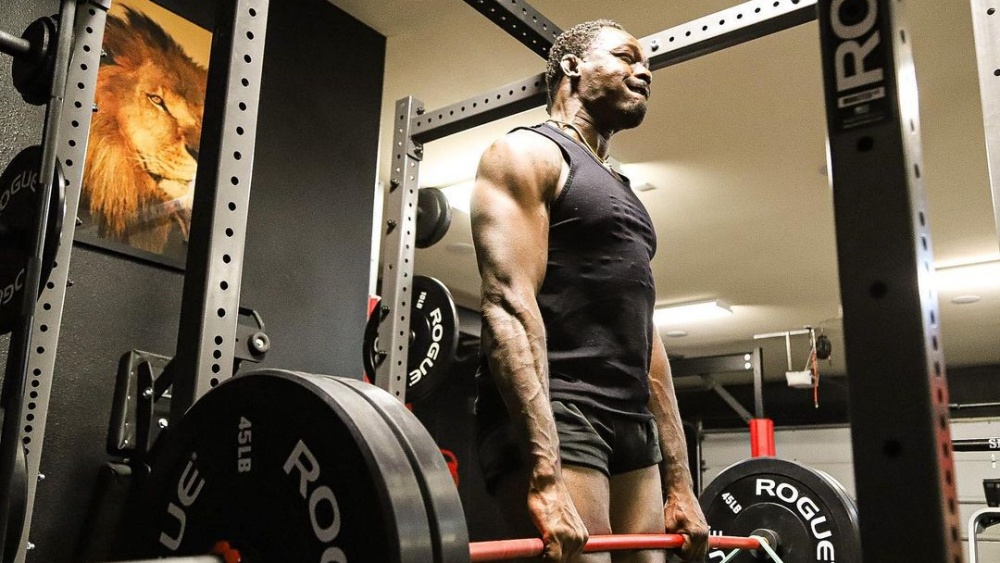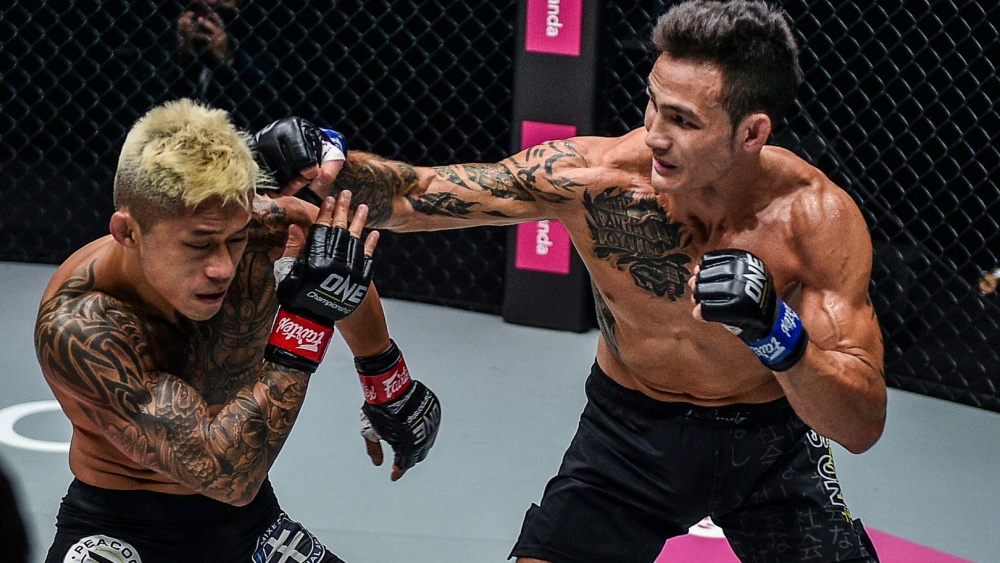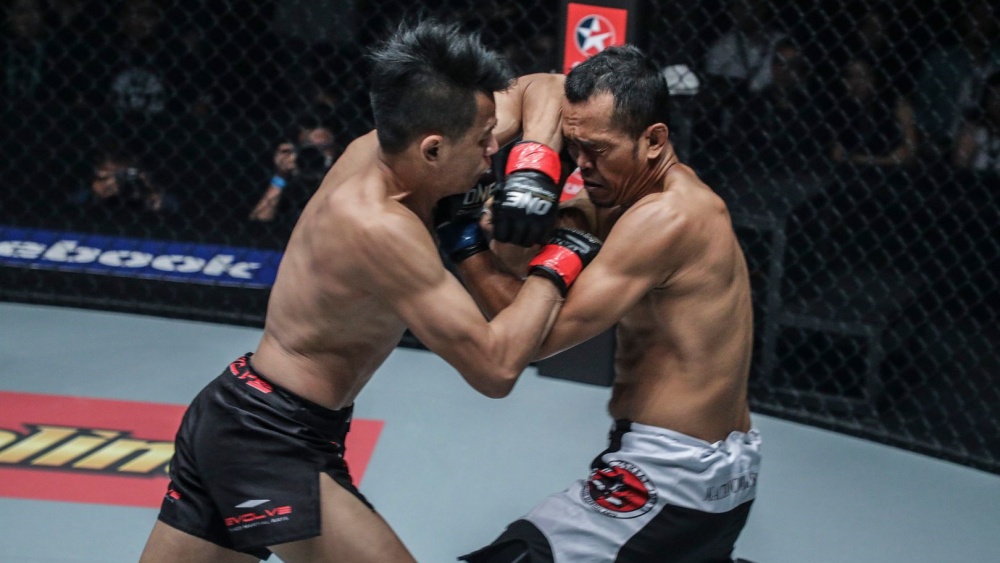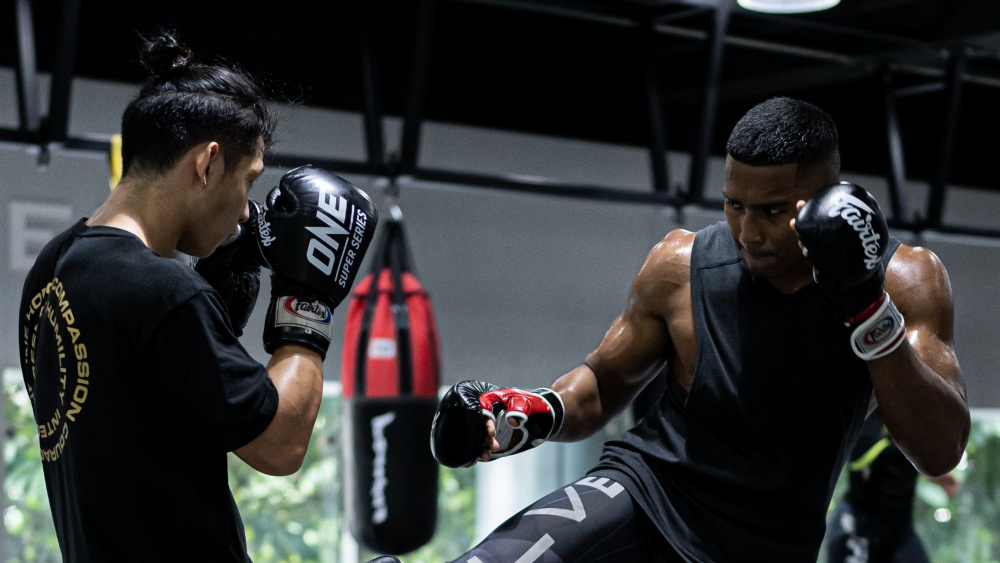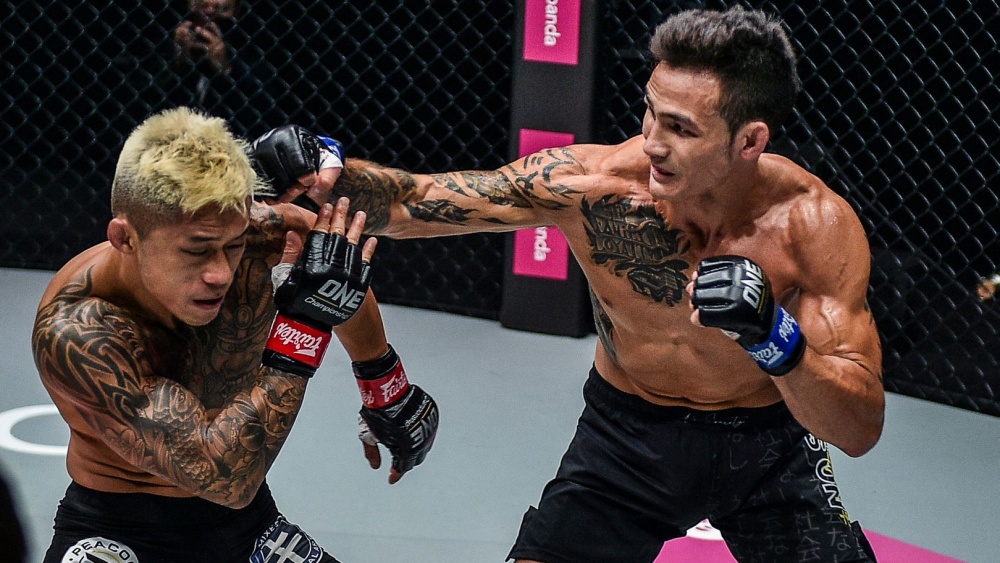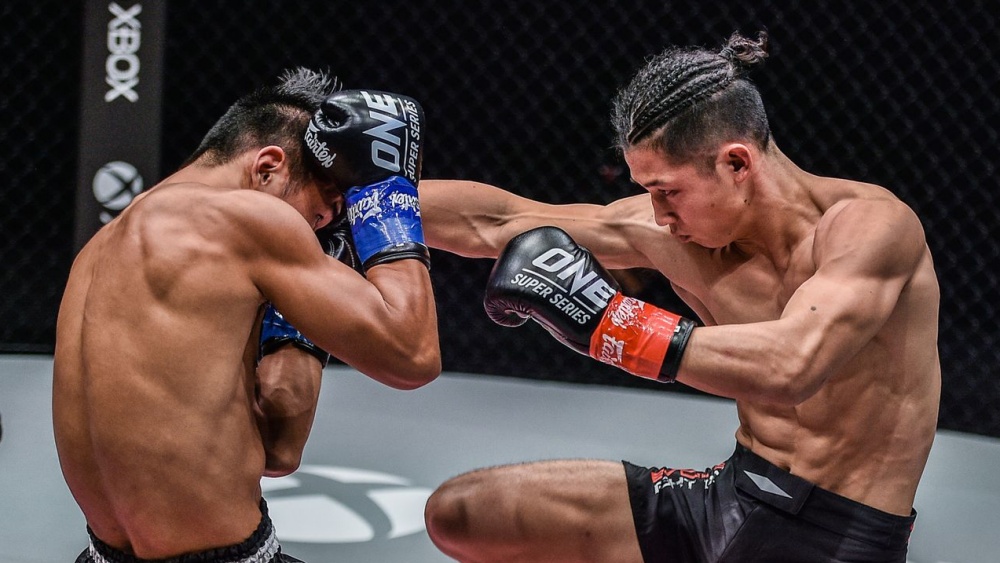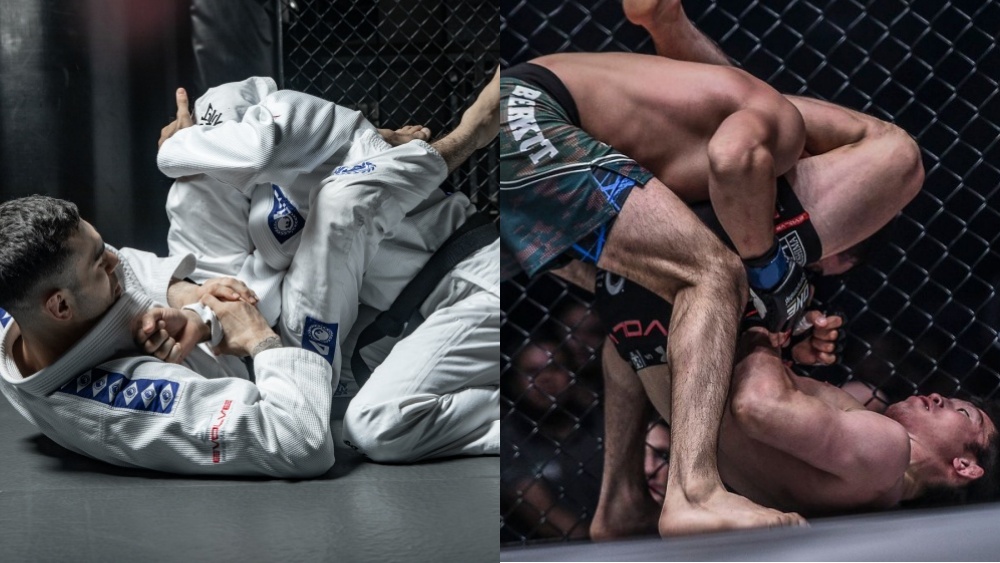Martial artists have historically been against lifting weights as part of their training programs, especially bodybuilding and powerlifting-style strength training. It wasn’t an irrational aversion since martial artists often compete in specific weight classes, use techniques that involve a high level of flexibility and mobility, and need muscle endurance to compete at a high level.
Carrying a lot of muscle on your frame can be bad for mixed martial arts. Regardless of how big and strong your muscles get, your heart, lungs, and other organs remain the same. The bigger you get, the more work your vital organs will have to do. There’s a reason why people with bodybuilder-type physiques aren’t known to have excellent cardio. They have the same type of heart and lungs everyone else has, but their muscle mass might be more than triple that of an average person. As a result, they get tired three times faster.
You might wonder how mixed martial arts fighters like Jon Jones, who powerlifts, get away with making it part of their training program. It’s because these fighters train intelligently. There’s a massive difference between training like a powerlifter and incorporating powerlifting lifts into your training. Jones does the latter as he mainly uses powerlifting to increase his overall strength, making him more formidable inside the cage. Powerlifting has also helped Jones to pick up serious muscle mass as he transitions to the heavyweight division.
Powerlifting exercises like the deadlift, bench press, and squat are compound exercises that are excellent for developing overall strength. However, martial artists shouldn’t train like powerlifters since that leads to fatigue that can interfere with their martial arts training, which should always be the top priority.
Exploring How Powerlifting Can Be Beneficial For Martial Artists
You might wonder how it’s even possible for powerlifting exercises to be great for martial artists while training like a powerlifter isn’t. It comes down to how the training is performed. Powerlifting principles are great for martial artists, but not the sport of powerlifting.
For instance, powerlifters typically train three or four times per week, focusing on maximum strength development for exercises like the deadlift, squat, bench press, and back squat. There are various powerlifting training guides out there, and many emphasize a high volume of exercises that makes it challenging to make it a supplemental part of your training. High-volume training impacts your martial arts training, leaving you too exhausted to train.
Besides interfering with your training, another drawback of a pure powerlifting approach to strength training is that powerlifting focuses mainly on developing your max strength. While increasing your max strength can give you an advantage as a martial artist, there are more effective ways to do it by modifying a standard powerlifting approach.
One of the most significant drawbacks of the standard powerlifting approach is that it works counter to developing your high-velocity (explosive) strength. It increases prime mover activation during exercises and co-contraction in opposing muscle groups, which leads to slower movements. As a result, you become slower and stiffer due to a pure powerlifting program.
Many techniques martial artists use involve double-peak muscle activation to enhance the velocity and force behind the strikes. Powerlifting reduces your ability to do this, making it harder for you to throw strikes effectively, especially if you come from a powerlifting background.
You’ve probably seen some fighters who looked “stiff” during competitions. People who are muscle-bound are more likely to struggle with double-peak muscle activation.
Also, many martial arts require you to execute techniques repeatedly for multiple rounds that can be as long as five minutes. While some powerlifting programs refer to themselves as dynamic, powerlifting exercises aren’t performed fast enough to help build the muscle endurance needed for competitions.
Starting a pure powerlifting exercise program is an excellent way to improve your overall muscle strength, but it doesn’t force you to work through multiple planes of force vectors like a martial arts contest does, so its transfers to martial arts are limited.
However, using powerlifting principles to guide your strength training can be highly effective for martial artists.
Modifying Powerlifting Programs For Martial Arts
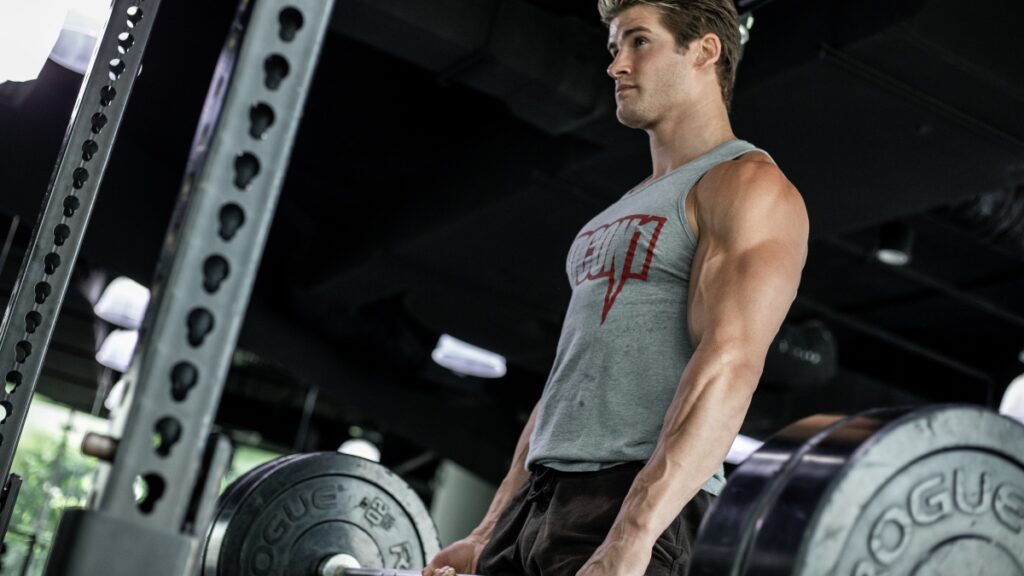
Being physically strong is undoubtedly an advantage for martial artists as you can wear down opponents and execute explosive techniques more effectively. For example, the MMA legend, the late Kevin Randleman, was loved for his explosive suplexes during his Pride FC days, and that wasn’t simply because he was a good wrestler. There were already more accomplished wrestlers than Randleman in MMA at that point, like Randy Couture, but they weren’t executing explosive suplexes like he was because they weren’t as strong. For many explosive techniques used in martial arts, technique is half of the equation, while physical strength is the other half. At times, being strong even allows you to get away with poor technique.
Martial artists should look to modify powerlifting programs if they intend to make it part of their training. Making these modifications allows you to get the strength benefits of powerlifting while minimizing the fatigue that carries over into your martial arts program. Keep your rep volume low while keeping the intensity of your workouts moderate to high.
The main powerlifting movements like the deadlift, bench press, and squat should be a significant part of your strength training program, but you should make these exercises a part of your more extensive strength training program that involves high-velocity strength exercises that improve your explosive strength like plyometrics, box jumps, and medicine ball throws. You should also perform your powerlifting exercises as explosively as possible to increase explosive strength.
Former UFC light-heavyweight champion Jon Jones is one of the most popular martial artists who trains in a powerlifting style. He’s developed some pretty impressive strength for his lanky frame, with a 270kg deadlift, 230kg squat, and a 155kg bench press. You can see his strength on display during his fights as you rarely see him struggle with his opponents’ physical strength inside the cage. He’s typically the physically stronger fighter during his fights.
How Powerlifting Movements Translate Into Martial Arts
Squats, deadlifts, and bench presses are the three most effective powerlifting movements for martial arts.
1) Deadlift
The deadlift is one of the most fundamental strength exercises. It’s arguably the best exercise for increasing your overall strength. The exercise primarily targets muscles like your lower back, hamstrings, and glutes, muscles that are often ignored during strength training workouts. It secondarily targets muscles all over your body, giving you a thorough workout.
The deadlift takes more out of you than the bench press or squats since it forces most of the muscles in your body to work together.
Loading your hamstrings and hips before your reps are the key to getting the most out of deadlifts. Some of the deadlift variations you should incorporate into your training routine include:
- Romanian deadlift
- Sumo deadlift
- Single-leg Romanian deadlift
- Trap bar deadlift
- Staggered stance trap bar deadlift
Some of the benefits deadlifts provide martial artists include:
- Increases your mid-thigh pull, a benchmark used to measure the strength of mixed martial artists in organizations like the Ultimate Fighting Championship. In order words, the more weight you can deadlift, the higher your overall functional strength.
- Trains your grip. Deadlifts require you to pull heavy weights with your hands, increasing your grip strength. Observe seasoned dead-lifters training, and you’ll notice they typically don’t need wrist straps to help them hold the weight. In contrast, people new to the movement typically need straps to handle significantly lighter weights. Grip strength is everything in martial arts like Brazilian Jiu-Jitsu, Judo, Wrestling, and mixed martial arts.
2) Squats
Squats are an excellent exercise for martial artists and athletes in general since there are many variations that allow you to target muscles in your legs from different planes and angles. For example, deep squats are great for increasing strength in your legs, while half squats hit your leg muscles from different angles and cause less fatigue.
Martial artists should avoid sitting back like powerlifters do when performing squats but look to sit down between their knees. Powerlifters do this because of the barbell’s position on their backs. Their torsos are bent during their reps, and they rarely go below parallel. However, martial artists gain more from deep squats since going as low as you can make your knees travel past your toes and increases flexibility in your knees. This translates to martial arts techniques like a penetration step when shooting for a takedown.
Martial artists should also incorporate variations of the squat into that training since it allows you to train your muscles from different angles, just like your muscles are worked from different angles during martial art competitions.
Some of the variations of the squat martial artists should experiment with include:
- Goblet squat
- Front squat
- Partial squat
- B stance squat
- Zercher squat
- Bulgarian split squat
- Kettlebell front rack squats
- Overhead squat
- Back squat
- Split squat
Variations of the squat that involve performing your reps in a staggered stance, like the split squat, carry over best into martial arts. These exercises force each half of your body to work independently, preventing muscle imbalances. Other benefits martial artists get by making squats part of their training routine include:
- Squats, when done correctly, move your knees through their full range of motion, strengthening the joint via coactivation. This reduces your risk of knee injuries.
- Squats improve explosive strength in your legs, making your strikes more powerful. Strong legs also help to improve your balance, making it more difficult for opponents to get you on the ground.
- Squats improve hip mobility as it moves your hips through their full range of motion. Strong hips are one of the most valued attributes fighters who train in combat arts like Brazilian Jiu-Jitsu can have.
3) Bench Press
The bench press is another core powerlifting movement that translates well into martial arts. It targets the muscles that are activated whenever you push on something like your chest, triceps, and anterior deltoids.
That push strength will come in handy when you’re trying to push an opponent away from you to prevent them from crowding you or as you push on your opponent’s hips to escape from disadvantageous positions while fighting on the ground.
Bench press velocity has also been linked to maximal punching power. The stronger your bench gets, the more powerful your punches will be, especially if you’re performing your reps explosively.
When bench pressing for martial arts, use a grip with your hands a little more than shoulder width apart to reduce the stress the exercise puts on your shoulders. Keep your elbows at a 45-degree angle from your body for the same reason.
Some of the bench press variations you can incorporate into your workouts include:
- Incline bench press
- Decline bench press
- Dumbbell bench press
- Push-up
- Weighted push-up
- Landmine press
- Floor press
- Banded push-up
- Hands elevated push-up
Add some push-up exercises to your workouts to complement your bench pressing. Push-ups are one of the best exercises for building muscle endurance in your upper body, while bench pressing increases your upper body strength. The more weight you can bench, the more push-ups you’ll be able to do, increasing your muscle endurance.
Some of the benefits martial artists gain from making the bench press a part of their lifting program include:
- Increased punching power
- Increased push power, which can’t be overstated since simply being able to push an opponent away to create space can give you an advantage in a martial arts competition
- Increases the effectiveness of grappling techniques that require you to push on opponents
Training For Max Strength
As we mentioned earlier, the key to making powerlifting principles improve your abilities as a martial artist is lower volume reps performed at moderate to high intensity. This means you should primarily work with weights you can barely get more than six reps of. Aim to perform four to six reps of each exercise.
Break up your workout session into three to five sessions a week. That way, you’re not doing enough volume to hinder your martial arts training each session. Your powerlifting sessions should last somewhere between 30 to 45 minutes. You don’t want to spend hours lifting at the gym. You just want to give your muscle enough stimulation, so they grow stronger.
You may also like:
